Research
The division of Cell Biology, Neurobiology and Biophysics includes independent research groups, which all investigate the organization and function of cells – their structure, their physiological properties, the organelles they contain and the interactions with their environment. Our aim is to acquire novel fundamental insights into cell biological processes and to decipher the cellular basis for human diseases such as cancer and neurological disorders.
We are mostly interested in the dynamic nature of cellular processes such as cytoskeletal remodeling, membrane trafficking and signaling pathways in both healthy and diseased states. This includes, for example, research to understand how the microtubule cytoskeleton is involved in cell division and motility, neuronal development or axon regeneration after spinal cord injury. Another example is the development of optogenetic tools to locally modulate cellular processes such as cell migration, polarization and signalling.
To study cell biological processes, we combine the latest methods and technologies in molecular biology, biochemistry, genetics and microscopy. Our research covers different levels of complexity, from individual molecules to cells cultured in two- and three-dimensional environments, tissues and whole organisms. We have infrastructure for single molecule imaging, super-resolution light microscopy and in vivo molecular imaging. The division of Cell Biology, Neurobiology and Biophysics houses two facilities, the Biology Imaging Center (BIC), which provides access, support and training in advanced light and fluorescent microscopy techniques and the Utrecht Nanobody Facility (UNF), which offers technology for the selection and production of nanobodies.
Research Groups
Anna Akhmanova: Cellular Dynamics
My group studies cytoskeletal organisation and trafficking processes, which contribute to cell polarisation, differentiation, vertebrate development and human disease. We are interested in understanding, at a systems level, how different aspects of cell architecture are coordinated. The main focus of our studies is the microtubule cytoskeleton.
Casper Hoogenraad: Molecular Neuroscience
The primary goal of the lab is to understand how intracellular protein trafficking underlies neuronal development and function. This work is significant because neurons are dependent upon very precise localization of proteins to support their ability to send and receive information.
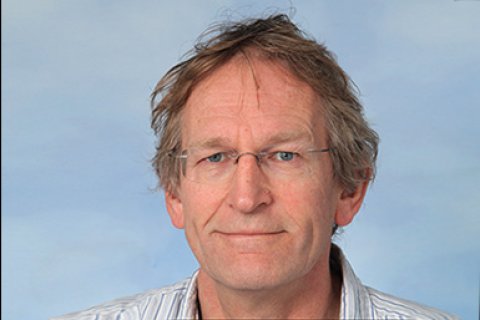
Paul van Bergen en Henegouwen: Molecular Oncology
Our goal is to develop novel technologies for the diagnosis, molecular imaging and targeted therapy of cancer. In our research we make use of single domain antibodies.
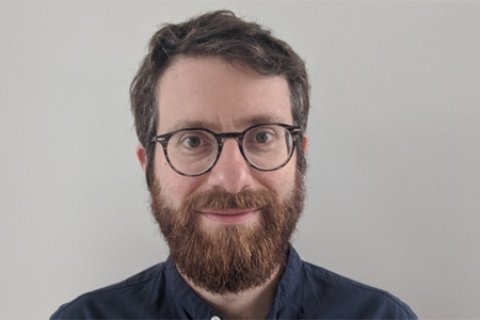
Florian Berger: Theoretical Biophysics
All forms of life display a variety of active processes on different length scales. We develop biophysical descriptions to understand how these active processes mediate the flow of energy and matter to self-organize cellular order and function.
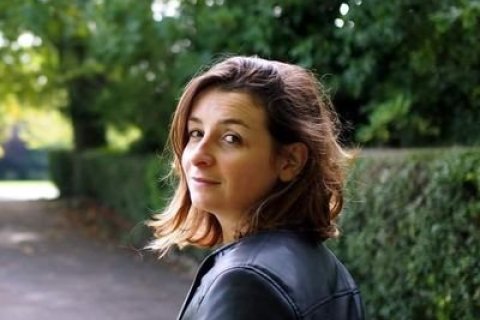
Agathe Chaigne: Cell division dynamics
We aim at understanding how the fundamental mechanisms of cell division can control fate transitions, with a developmental and evolutionary perspective. We are particularly interested in the last step of cell division, abscission, which is the final cut between the sister cells.
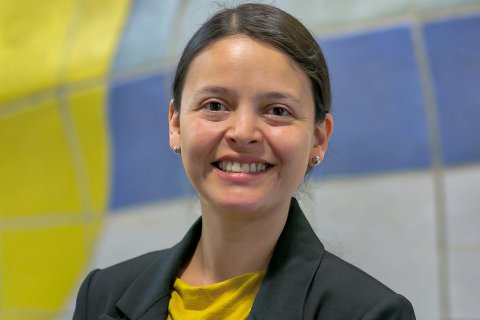
Ginny Farías: Neuronal Organelle Dynamics
The goal of our lab is to understand the molecular mechanisms by which organelles are organized within neurons, and how organelle organization and networking contributes to neuronal development and function.
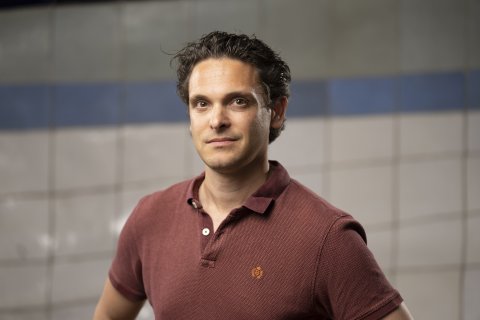
Martin Harterink: C. elegans neurobiology
Our goal is to understand the mechanisms that shape and organize neurons in vivo, using the C. elegans model system and advanced imaging techniques.
Lukas Kapitein: Biophysics
Our goal is to obtain a physical understanding of the mechanisms by which cells establish and maintain their precise shape and intracellular organization. We focus on the cytoskeleton, a mechanical network of biopolymers and associated proteins that gives the cell its shape and strength.

Maarten Kole: Axonal Signalling
Our group aims to understand how axons generate and conduct electrical impulses by investigating the properties and functions of its axonal domains and the myelin sheaths.
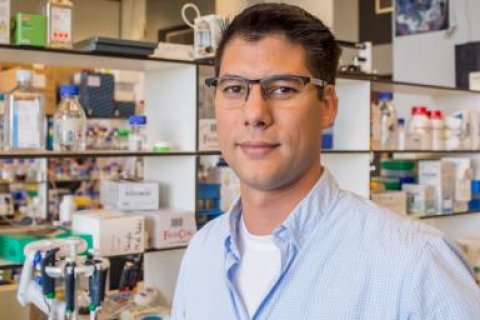
Harold MacGillavry: Synapse organization
We study the mechanisms that control the molecular organization and function of neuronal synapses. The goal of our lab is to understand the dynamic molecular processes at synapses that control neuronal signaling.

Sabrina Oliveira: Molecular Targeted Therapies
We develop improved therapies that are directed to relevant molecular targets. We are currently focused on using nanobodies to render photodynamic therapy of cancer more selective.
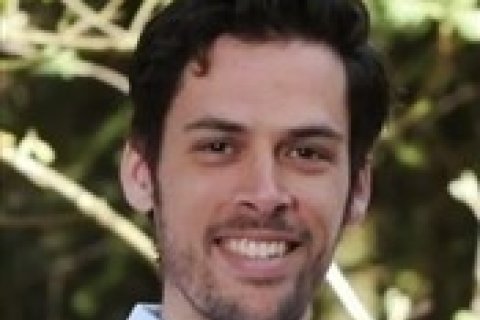
Frederik Verweij: Extracellular Vesicle Biology
We study various facets of extracellular vesicle biology; from biogenesis to function. We do so by combining the development of smart molecular tools and transparent zebrafish in vivo model systems with state-of-the-art (live) imaging techniques.
Corette Wierenga: Synaptic Physiology
The strength and number of synapses are adjusted by experience. We study how the changes in excitatory and inhibitory synapses are coordinated to balance the two opposing forces.

